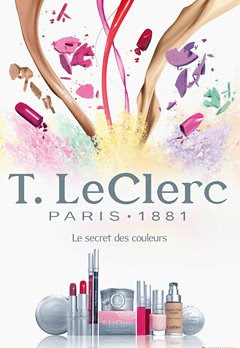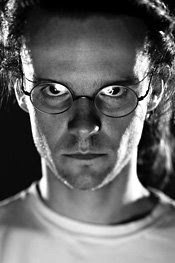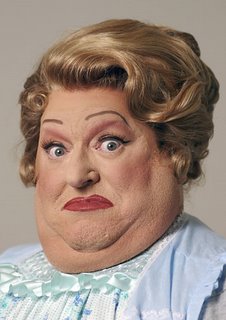 We get lots of portrait shoot videos around here, but not so much with the high-end product shots. And this one is a real treat, as it shows the full process for creating the cosmetics ad for T. LeClerc shown at left.
We get lots of portrait shoot videos around here, but not so much with the high-end product shots. And this one is a real treat, as it shows the full process for creating the cosmetics ad for T. LeClerc shown at left.It is a composite shot, with each portion being shot on a 35mm-format Canon DSLR. Even if the ad runs as a huge poster, that "pieced-together" process gives you insane overall resolution.
Hit the jump for a fast-paced three minutes showing what it takes to reel in those dollars (and Euros) from women who want to look beautiful.
__________
Paris-based Jean-Baptiste Guiton (pictured below) spent ten years in Chicago before moving back to his native France. His company, Studio 29, will be celebrating its tenth anniversary in January.
 I loved this. And honestly, I do not know why more shooters are not doing videos like this to augment their marketing to future clients.
I loved this. And honestly, I do not know why more shooters are not doing videos like this to augment their marketing to future clients.What, is there not enough room in the budget for YouTube?
Just as much as the technical stuff, I enjoyed watching the whole crew on this. John-Baptiste (seen at left) and the others clearly enjoy what they do. And that counts for a lot.
If ur not having fun, ur doin it wrong.
You can see more of Jean-Baptiste's work at www.guiton.net, including more makeup still life work for T. LeClerc. And speaking of T. LeClerc, they are running a big version of this shot here.
(Thanks for posting this, J-B!)


























